- Shop
New to UCAN?
- About
- How to use ?
- Learn
- Contact us
Protein Shakes for Weight Gain: An Endurance Athlete’s Guide
Contents
- 1 Protein Shakes for Weight Gain: The Endurance Athlete’s Guide
- 1.1 Why Gaining Weight Is a Smart Move for Endurance Athletes
- 1.2 Not All Protein Shakes Are Built for Endurance Athletes
- 1.3 Coach-Approved Recipes for Protein Shakes for Weight Gain
- 1.4 When and How to Use Your Weight Gain Shakes
- 1.5 Common Weight Gain Mistakes Athletes Make
- 1.6 Frequently Asked Questions About Protein Shakes for Weight Gain
- 1.7 References
Protein Shakes for Weight Gain: The Endurance Athlete’s Guide
Let’s get this straight from the start: using protein shakes for weight gain as an endurance athlete isn’t about becoming bulky — it’s about deliberately adding functional muscle so you handle higher training loads, race harder late, and stay injury-free across a season. In the first 100 words: strategic shakes (protein + slow carbs + sensible fats) are a practical tool to reach a modest calorie surplus, accelerate glycogen repletion and support muscle protein synthesis after long runs, big rides and tough track sessions. After 15+ years coaching runners, triathletes and cyclists, I’ve learned the strongest athletes aren’t the skinniest — they’re the most durable and consistent.
Quick takeaways: Use shakes as recovery tools (protein + slow carbs), prioritise digestibility, aim for a modest 200–400 kcal/day surplus, and time shakes to support training (post-long, between sessions, pre-bed).
Why Gaining Weight Is a Smart Move for Endurance Athletes
Everyone talks about power-to-weight ratio — and for good reason. On climbs and in long events, less mass helps. But there’s a threshold. Drop below the level your training requires and you lose sustainable power, tolerate less volume and increase injury risk. Smart weight gain focuses on lean, functional muscle, not fat, to improve force output, fatigue resistance and injury protection.
What to do: Target a modest calorie surplus — roughly 200–400 kcal/day above maintenance — and pair that with 2–3 strength sessions weekly (for example: 3×8–12 compound lifts or 3×6–8 hill sprints) across an 8–12 week mesocycle.
Why it works: A sustained small surplus with progressive overload stimulates muscle protein synthesis (MPS) beyond maintenance without the fat gains seen in extreme bulking protocols. The added muscle increases force per contraction and improves form under fatigue, which translates to better late-race performance.
How to apply (Aussie race context): In the 12 weeks leading to the Melbourne Marathon or Ironman Cairns, increase daily energy by 200–300 kcal on easy days, 300–500 kcal on heavy days. Prioritise UCAN Energy + Protein shakes immediately after long rides and key sessions to accelerate glycogen repletion and MPS.
More Power in Your Stride and Stroke
Small increases in glute and quad mass lead to higher peak and sustained power outputs on the bike and better push-off forces when running. Practically: sustain a faster pace, hold technique later in the race and produce more decisive surges when needed.
What to do: Add two targeted strength sessions weekly: Session A — 4×6 back squats (85% 1RM), 3×8 Romanian deadlifts; Session B — 3×10 single-leg step-ups, 3×15 glute bridges. Follow each strength session with a UCAN Energy + Protein recovery shake.
Why it works: Heavy strength increases neural drive and cross-sectional area in relevant muscle fibres; protein + carbohydrates after training supports repair and refuelling so you can maintain training intensity across the week.
How to apply: Schedule strength on easy aerobic days or after short quality sessions (not before important threshold or long runs). During summer in Sydney or Brisbane, do these sessions early to avoid heat-related fatigue and refuel immediately post-session with a 300–400 kcal shake.
Gaining functional muscle isn’t an aesthetic exercise — it’s building an engine that sustains higher training loads and keeps you faster for longer.
The Armour Against Injury
Muscle acts as shock absorption and joint stabiliser. Without adequate muscular support, repetitive forces move to tendons and bones, causing shin splints, ITB syndrome and stress fractures.
What to do: Build posterior chain resilience with a block approach: Weeks 1–3 eccentric emphasis (3×8 slow Romanian deadlifts), Weeks 4–6 strength (4×6 heavier lifts), Weeks 7–9 power (3×5 jump squats), plus twice-weekly hip-stability drills (3×20 single-leg hops).
Why it works: Eccentric loading increases tendon stiffness and muscle-tendon resilience; progressive loading raises capacity to tolerate endurance volumes. Nutritional support (adequate protein, vitamin D, calcium) complements mechanical adaptation and tissue repair.
How to apply: In base training phases, slot posterior-chain blocks in the middle of a 12-week mesocycle and use UCAN Energy + Protein after heavy days to support collagen synthesis and muscle repair. On race-specific weeks, reduce heavy lifts but keep maintenance loads to preserve strength gains.
Boosting Your Metabolic Engine
More lean mass raises resting metabolic rate and metabolic flexibility — helping you manage energy across heavy training days and improving recovery. For endurance athletes this is about being efficient at burning and storing fuel across sessions and recovery periods.
What to do: Maintain daily protein around 1.6–2.2 g/kg body weight, distributed across 3–4 feedings. Use a casein-based shake pre-bed (30–40 g casein) to extend amino acid availability overnight.
Why it works: Frequent protein doses keep MPS elevated across the day and reduce long catabolic windows, supporting retention and growth of functional lean tissue while training volume is high.
How to apply: On heavy training weeks (double sessions), push toward the higher protein range and use shakes to hit distribution targets when solid meals are impractical (e.g., early morning sessions, travel days, race day mornings).
Not All Protein Shakes Are Built for Endurance Athletes
Most commercial mass gainers are tailored for maximal hypertrophy — fast whey, high sugars and cheap carbs. Endurance athletes need a recovery-first formula: easily digestible protein, slow-release carbs (SuperStarch®/low-GI), and measured fats to increase calorie density without GI upset.
What to do: Avoid mass-gainer formulas with high simple-sugar content around big sessions. Choose a product that pairs protein with a slow carb matrix and has third-party testing (Informed Sport / Informed Choice).
Why it works: Simple sugars can spike then crash blood glucose, impairing recovery readiness and sometimes causing GI unease. SuperStarch® and complex carbs refill glycogen steadily and reduce the rebound hunger and energy dips.
How to apply: Use UCAN Energy + Protein after long rides and high-intensity days. In race-week, lower added fats to avoid gastric load but keep consistent carb intake to maintain glycogen stores.
Beyond Just Protein: The Endurance Athlete’s Checklist
Every ingredient in your shake should pass the 3-layer test: What to do — Why it works — How to apply. Below are the coach-level specifics you can use immediately.
- Complex Carbohydrates — What to do: Use slow-release carbs like oats, sweet potato or SuperStarch® in recovery shakes. After sessions >2.5 hours aim for a 2:1–3:1 carb:protein ratio.
Why it works: Glycogen resynthesis rates are highest post-exercise; high-quality carbs ensure efficient replenishment without spiking blood sugar and causing rebound fatigue.
How to apply: After a 3.5-hour ride, target 1.0–1.2 g/kg/hour of carbohydrate over the first 4 hours. Practically: an Energy + Protein shake plus a banana then a small carb snack 90–120 minutes later.
- Fast vs Slow Proteins — What to do: Use whey post-session for quick amino acids and casein pre-bed for prolonged overnight release.
Why it works: Whey triggers a rapid leucine spike to start MPS; casein provides sustained amino acids and reduces overnight net muscle breakdown.
How to apply: After intervals: 20–30 g whey immediately. Before sleep: 30–40 g casein 30–45 minutes prior to bed on heavy days.
- Healthy Fats — What to do: Add omega-3 sources (chia, flax, walnuts) and monounsaturated fats (almond butter, avocado) to bump calories and support hormone balance — but avoid heavy fat loads immediately pre-training.
Why it works: Omega-3s support membrane health and may modulate post-exercise inflammation. Fats are calorie-dense, helping you reach a modest surplus without large meal volume.
How to apply: Include 1 tbsp nut butter or 1/4 avocado in mid-day calorie boosters; keep post-workout shakes under ~15 g fat to speed gastric emptying.
- Electrolytes & Fluids — What to do: Add 250–300 ml fluid and electrolytes to shakes after long/hot sessions to accelerate rehydration and nutrient transport.
Why it works: Fluid and electrolytes support optimal cellular recovery and enable efficient glycogen and amino acid transport into muscle.
How to apply: Mix coconut water or UCAN Electrolytes into post-ride shakes in humid Australian conditions (e.g., Brisbane, Cairns).
Building Your Ideal Weight Gain Shake
| Ingredient Category | What It Does for You | Examples for Your Blender |
|---|---|---|
| Protein Source | Repairs and builds lean muscle mass after sessions. | Whey/casein blend, plant-based protein powder, Greek yoghurt. |
| Complex Carbs | Refills glycogen stores for sustained energy. | Rolled oats, banana, cooked sweet potato, UCAN SuperStarch®. |
| Healthy Fats | Adds calorie density and supports hormone function. | Avocado, almond butter, chia seeds, flax meal. |
| Liquids | Provides hydration and controls texture. | Full-cream milk, soy milk, almond milk, coconut water. |
| Flavour & Nutrients | Boosts taste and adds antioxidants/micronutrients. | Berries, spinach, cocoa powder, honey, cinnamon. |
The UCAN Difference: Steady Energy, Not Sugar Spikes
UCAN Energy + Protein blends high-quality whey with SuperStarch®, a slow-release carbohydrate engineered to stabilise blood glucose and support steady glycogen restoration. For endurance athletes who need consistent energy between repeated sessions, that stability reduces sudden energy dips and supports better training continuity than sugary mass-gainers.
Refuel glycogen and repair muscle at the same time — without a sugar crash. That’s the UCAN advantage.
Always check for third-party testing on supplements — this reduces the risk of contamination and ensures label accuracy. See UCAN product pages for certification and composition details: UCAN Energy + Protein, UCAN Energy Gel, UCAN Electrolytes.
Coach-Approved Recipes for Protein Shakes for Weight Gain
Below are three practical recipes with macros, when to use them, and why they work. These are blends I use with athletes prepping for events like the Gold Coast Marathon and Ironman Cairns.
The Post-Long Run Rebuilder
- 1 scoop UCAN Energy + Protein (Chocolate or Vanilla)
- 1 large ripe banana (≈100 g)
- 2 tbsp rolled oats (20–30 g)
- 1 tbsp almond butter (16 g)
- 300 ml full-cream milk or fortified soy milk
Macros (approx): 450–550 kcal, 35–45 g carbs, 25–30 g protein, 12–16 g fat.
Why it works: Combines fast carbs for immediate glycogen resynthesis with SuperStarch® for steady refuelling; protein starts MPS.
How to apply: Consume within 30–60 minutes after a 2.5–4 hour ride or long run. If appetite allows, follow up with a smaller carb-rich snack 90–120 minutes later (e.g., toast and jam) to keep glycogen replenishment moving.
The Pre-Bed Powerhouse
- 1 scoop casein protein or casein-containing blend (30–40 g)
- 1/2 cup Greek yoghurt
- 1/2 cup frozen cherries
- 1 tbsp chia seeds
- 250 ml water or light almond milk
Macros (approx): 300–380 kcal, 20–30 g protein, 20–30 g carbs, 8–12 g fat.
Why it works: Casein releases amino acids slowly, reducing overnight catabolism and supporting overnight repair after heavy sessions.
How to apply: Drink 30–45 minutes before bed, especially after evening track sessions or late swims. Keep portion moderate to avoid sleep disruption.
The Anytime Calorie Booster
- 1 scoop UCAN Energy + Protein
- 1/4 avocado
- Large handful spinach
- 1 tbsp honey or maple syrup
- 300 ml coconut water
Macros (approx): 400–500 kcal, 35–45 g carbs, 20–25 g protein, 12–18 g fat.
Coach’s tip: Use this between sessions on double-training days or when appetite is low; it’s easier to digest than a large solid meal and provides concentrated, quality calories.
When and How to Use Your Weight Gain Shakes
Nutrient timing matters. The practical windows below will get you the most from shakes without compromising training sessions.
The Critical Post-Workout Window
Consume your recovery shake within 30–60 minutes of finishing intense or long sessions. Muscles are most receptive to glycogen and amino acid uptake in this window.
What to do: For sessions >90 minutes, aim for ~1.0–1.2 g/kg carbs in the first hour and 20–30 g protein. Shorter high-intensity sessions require ~0.5–0.8 g/kg carbs and similar protein.
How to apply: After a 3-hour ride in humid Brisbane conditions, refuel immediately with a UCAN Energy + Protein shake and sip electrolyte fluids; repeat lighter carb intake 1.5–2 hours later if needed.
As a Calorie-Dense Snack Between Meals
Place calorie-boosting shakes mid-morning or mid-afternoon on heavy training days. They preserve appetite and keep you in an anabolic state.
The Before-Bed Recovery Boost
Casein-based shakes 30–45 minutes pre-bed provide sustained amino acid supply overnight. This is especially valuable during heavy load weeks or multi-session days to minimise overnight net protein loss.
Common Weight Gain Mistakes Athletes Make
Below are the classic mistakes I see and the practical fixes to apply right away.
Mistake 1: Relying Only on Shakes
The problem: Athletes replace main meals with shakes, missing fibre and micronutrients.
Fix: Use shakes as targeted supplements post-session, between sessions, or pre-bed. Keep whole foods (lean meats, legumes, vegetables, grains) as the foundation for main meals.
Mistake 2: Ignoring Total Calories
The problem: Adding a 400 kcal shake won’t change weight if you’re still in a 600 kcal deficit overall.
Fix: Track intake for 7 days (training vs rest). If weight isn’t increasing after adding targeted shakes, incrementally raise calories by 150–250 kcal on easy days and reassess over 2–3 weeks.
Mistake 3: Choosing the Wrong Protein
The problem: Cheap whey concentrates cause bloating or GI distress and derail training sessions.
Fix: Trial different proteins on recovery days: whey isolate, whey/casein blends, plant mixes. Avoid lactose-heavy products if you notice GI symptoms. Prefer products with third-party testing and transparent labeling.
Studies indicate consumers often choose supplements based on marketing rather than need; testing and tracking are non-negotiable[5].
Frequently Asked Questions About Protein Shakes for Weight Gain
Will Protein Shakes Make Me Bulky and Slow?
No. Endurance training creates adaptations towards lean, functional muscle. A correctly dosed shake provides the substrate for those adaptations without triggering extreme hypertrophy.
How Do I Know If I Actually Need to Gain Weight?
Look for frequent niggles, stalled power or pace, poor recovery and unexplained fatigue. A sports dietitian or coach can assess body composition and performance metrics. A practical test: if your training paces are stable while you run a modest 200 kcal surplus for 8–12 weeks and you feel stronger, you’re gaining functional mass.
Can I Just Eat More Food Instead of Using Shakes?
Yes — whole food is best. But shakes are a low-volume, nutrient-dense way to add quality calories when appetite is low or time is limited (post-session, travel, morning sessions).
What Is the Best Type of Protein Powder to Use?
For endurance athletes, a blend that pairs quality protein with complex carbs (like UCAN Energy + Protein) is highly effective. Choose third-party tested products and match protein dose to body mass (≈0.25–0.4 g/kg per feeding).
Do Women Need Different Formulations?
Dosing differs with body mass but principles are the same. Women should ensure energy availability, iron and calcium needs are met while aiming for the same relative protein (g/kg) and recovery windows.
References
[1] Thomas DT, Erdman KA, Burke LM. Position of the Academy of Nutrition and Dietetics, Dietitians of Canada, and the American College of Sports Medicine: Nutrition and Athletic Performance. J Acad Nutr Diet. 2016.
[2] Burke LM, Hawley JA, Wong SH, Jeukendrup AE. Carbohydrates for training and competition. J Sports Sci. 2011.
[3] Morton RW, Murphy KT, McKellar SR, et al. A systematic review, meta-analysis and meta-regression of the effect of protein supplementation on resistance training–induced gains in muscle mass and strength in healthy adults. Br J Sports Med. 2018.
[4] IOC Consensus Statement on Sports Nutrition 2018. International Olympic Committee. (Consensus reviews on fuelling and recovery.)
[5] Leite-Legatti AV, et al. Protein supplement use and selection among adolescents and young athletes — cross-sectional studies and surveys (example source: PMC7043030).
[6] Food Standards Australia New Zealand. Sports Foods Quantitative Report. 2020.
At Generation UCAN we design products to help endurance athletes fuel smarter — controlled carbs, clean protein and evidence-backed dosages. If you’re implementing a practical shake strategy for the next block, start with UCAN Energy + Protein for post-session recovery and UCAN Energy Gels for race fuelling.
👉 Shop UCAN Energy + Protein Now
Author: Generation Ucan | Last updated: 1 October 2025

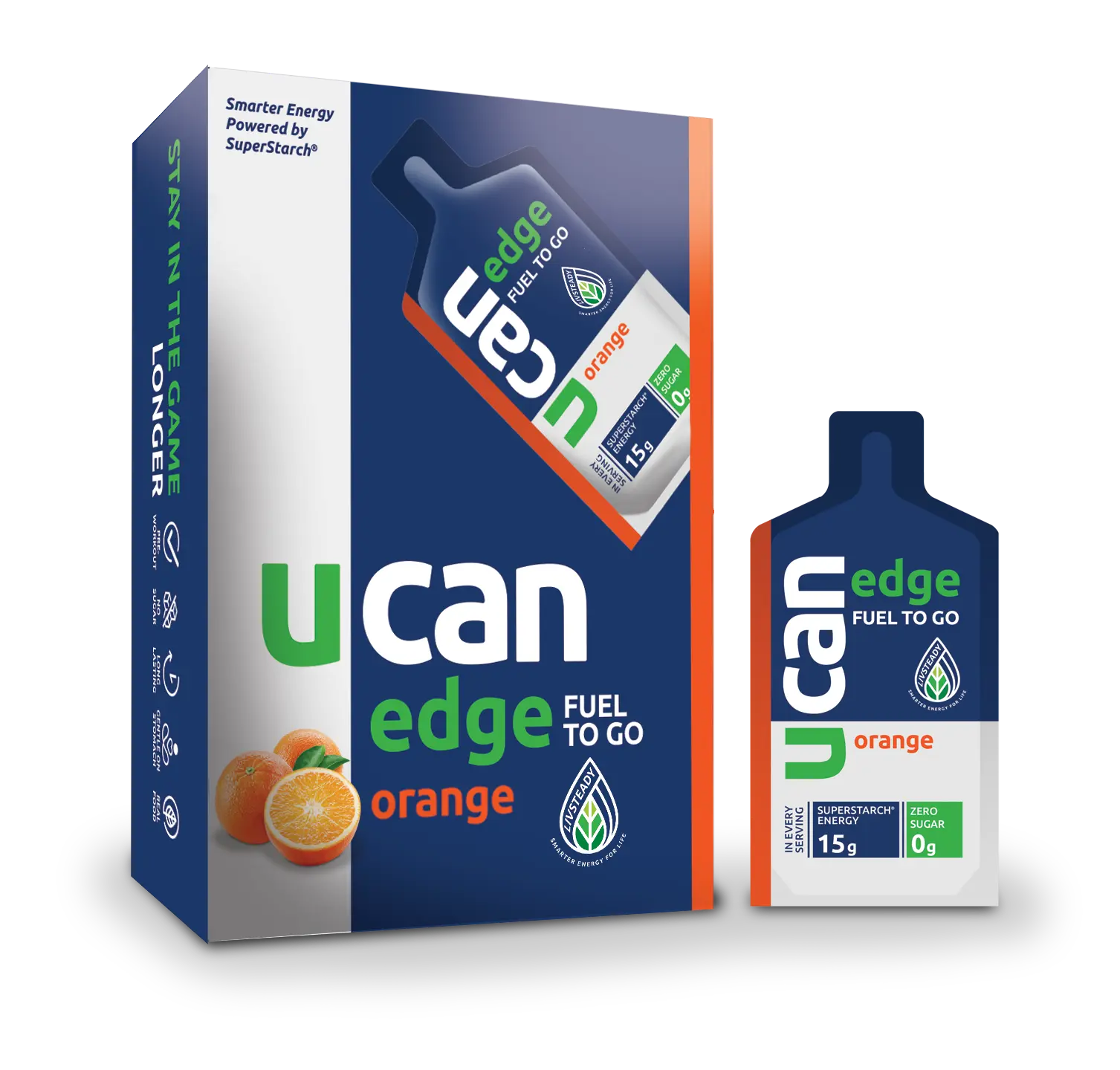
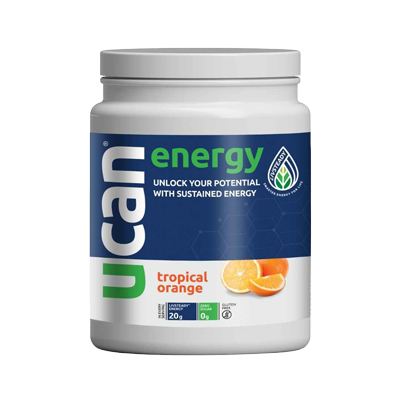
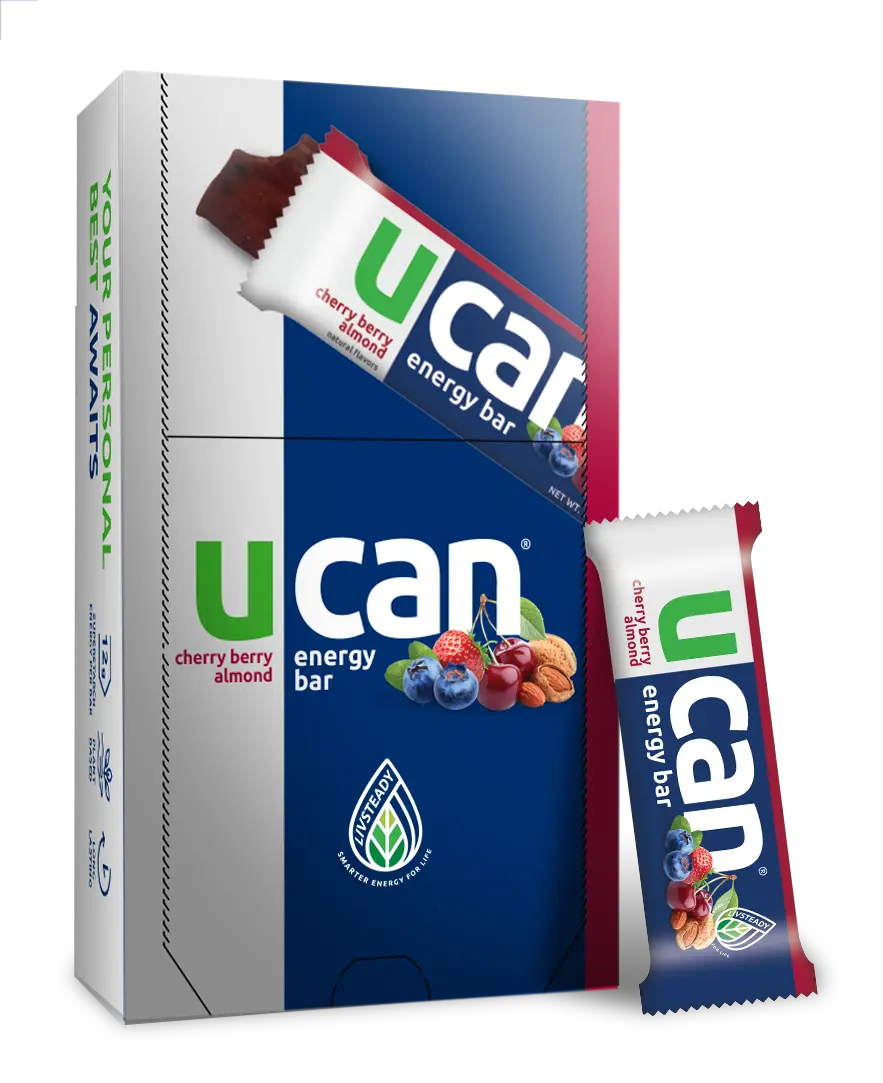
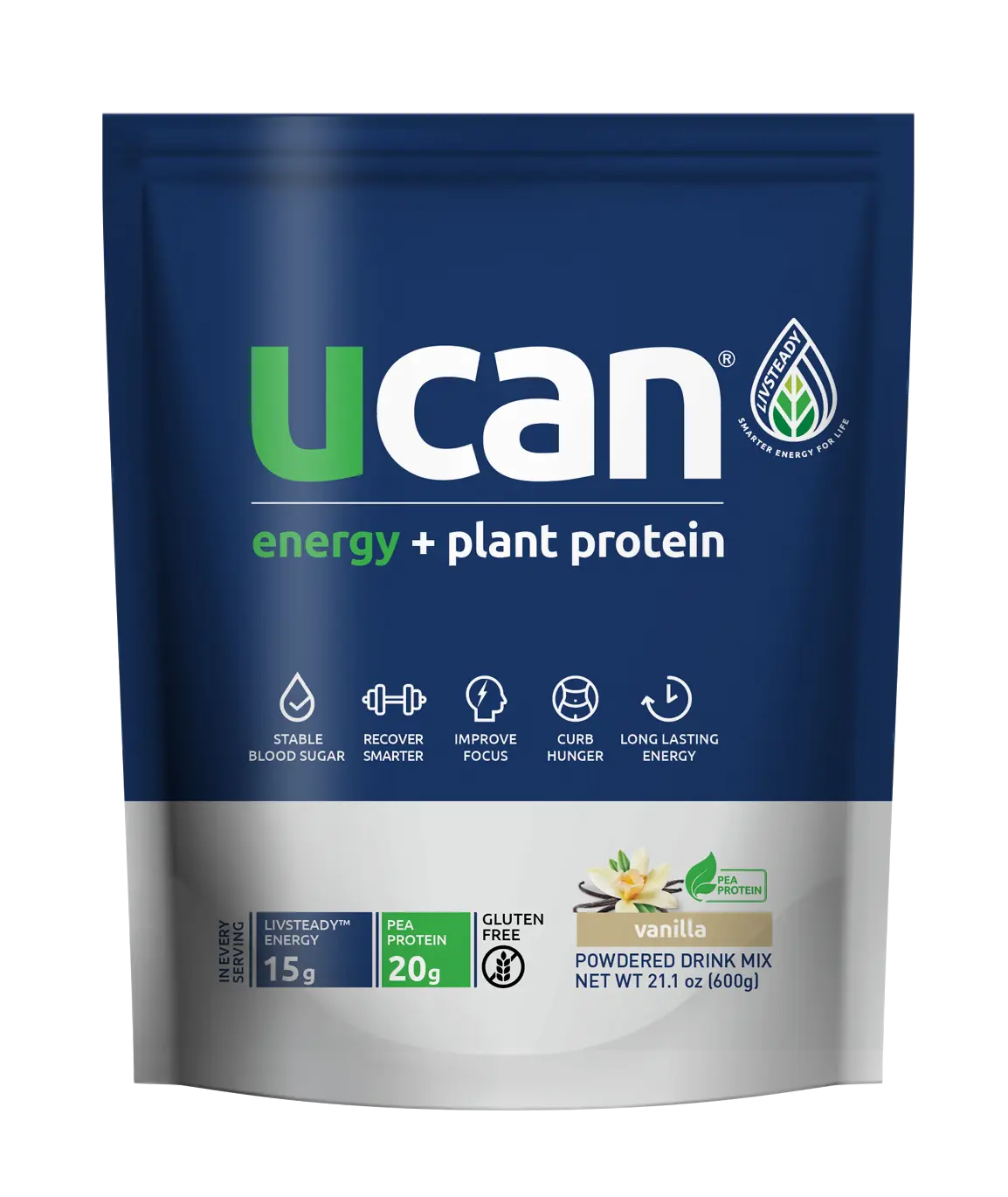
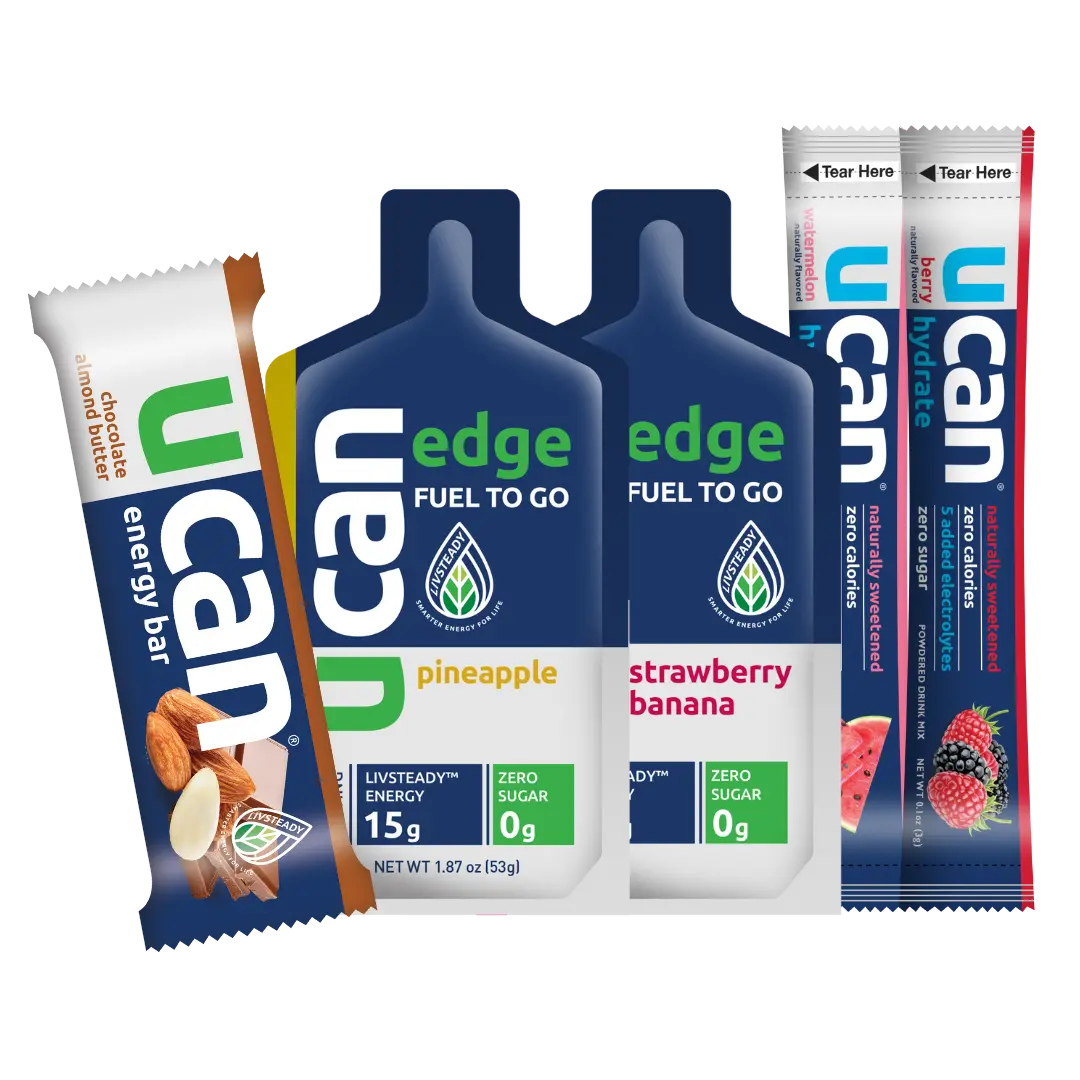
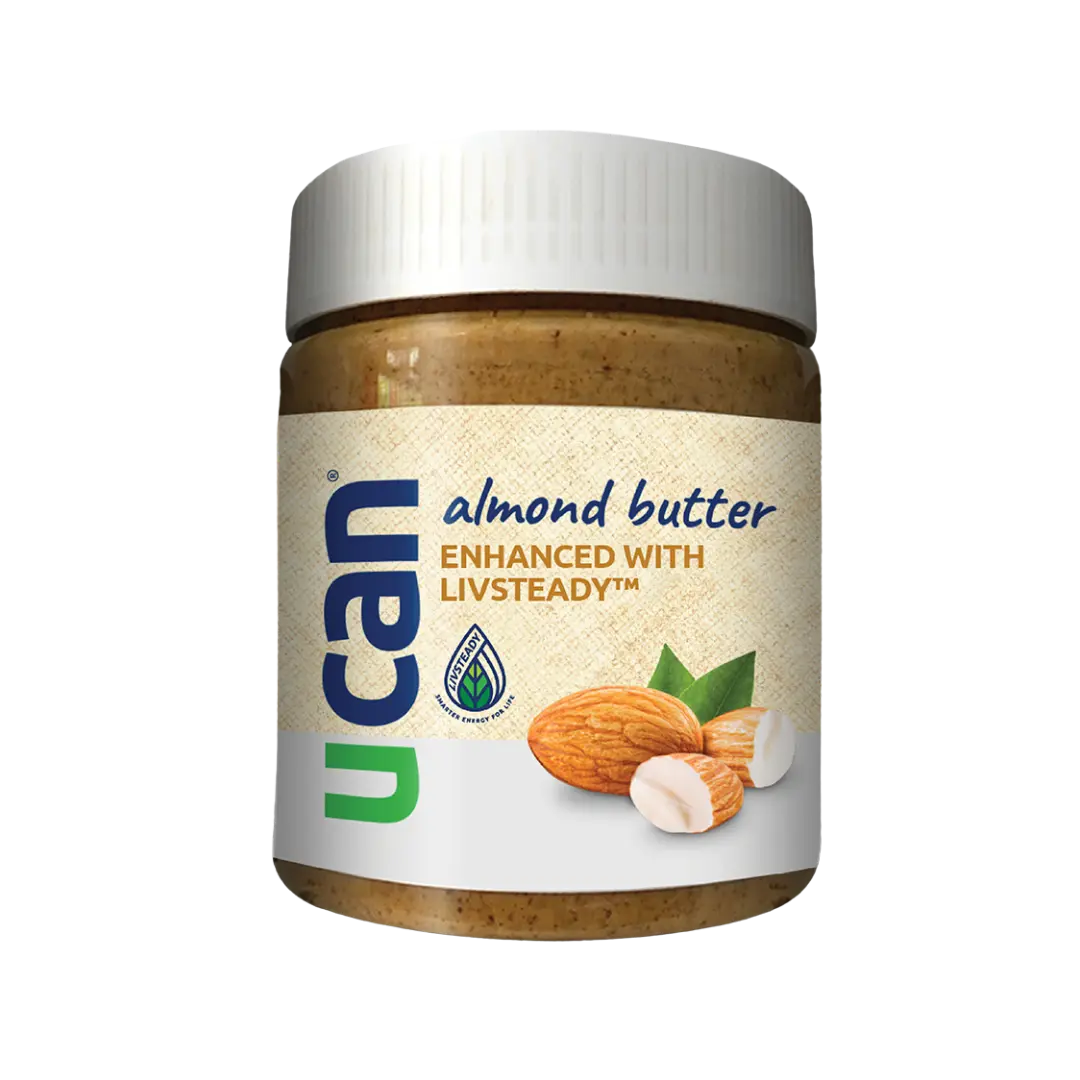
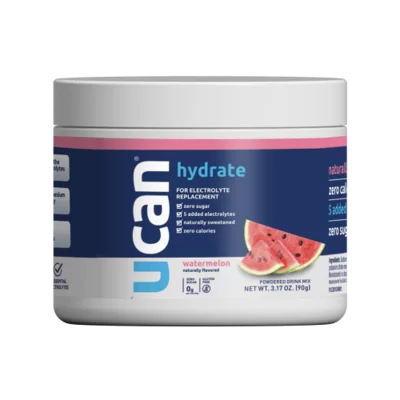
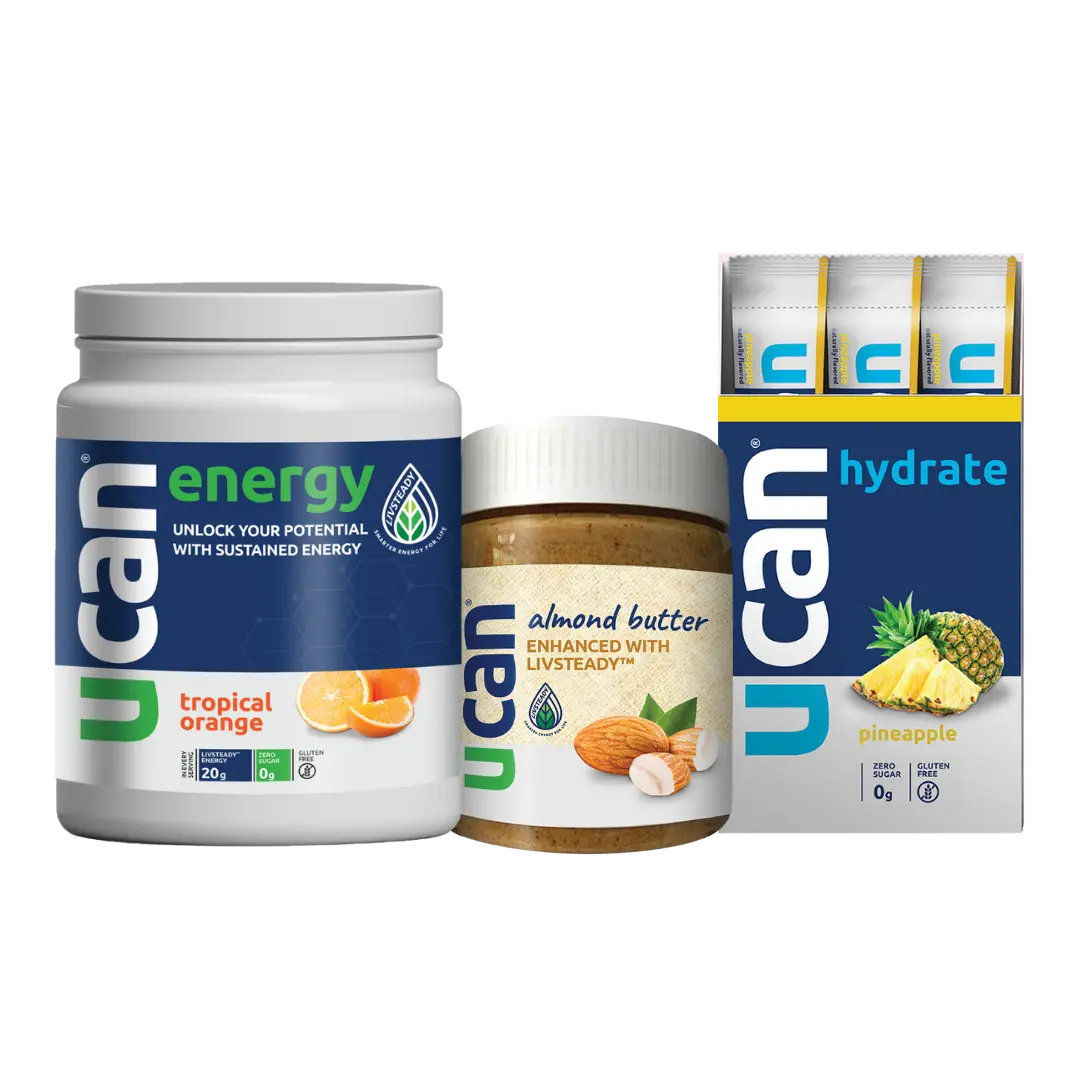
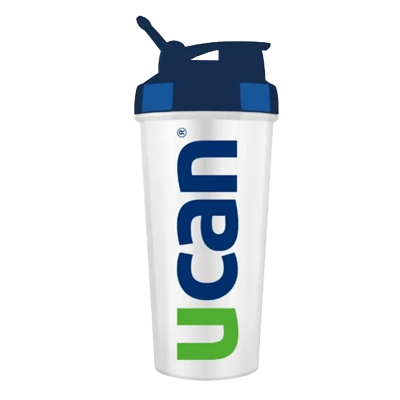
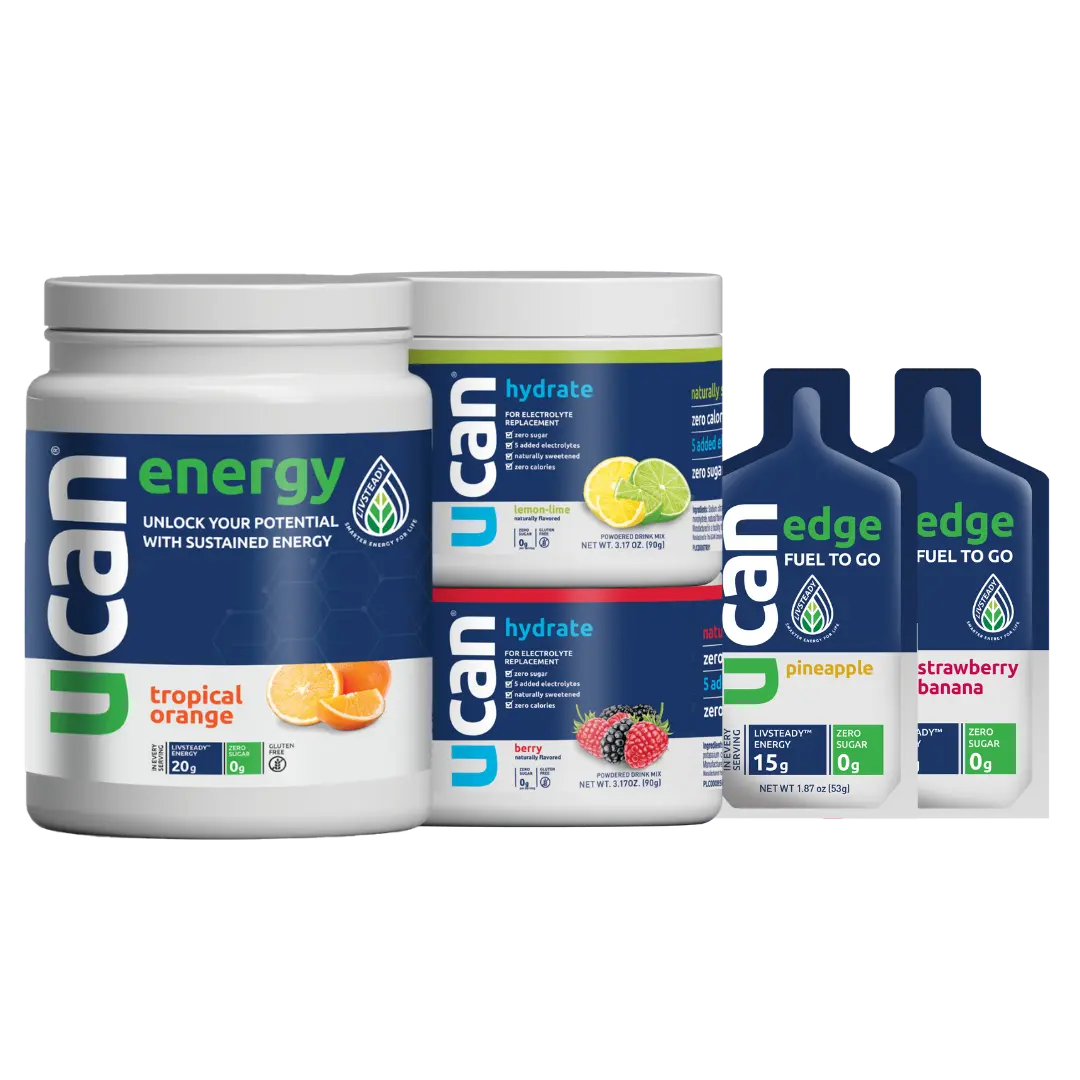
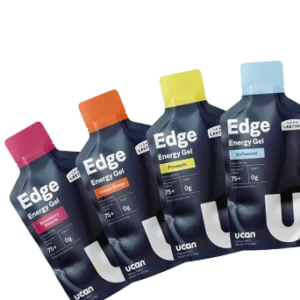
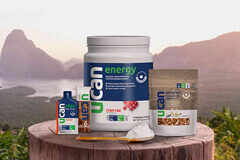


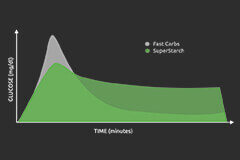

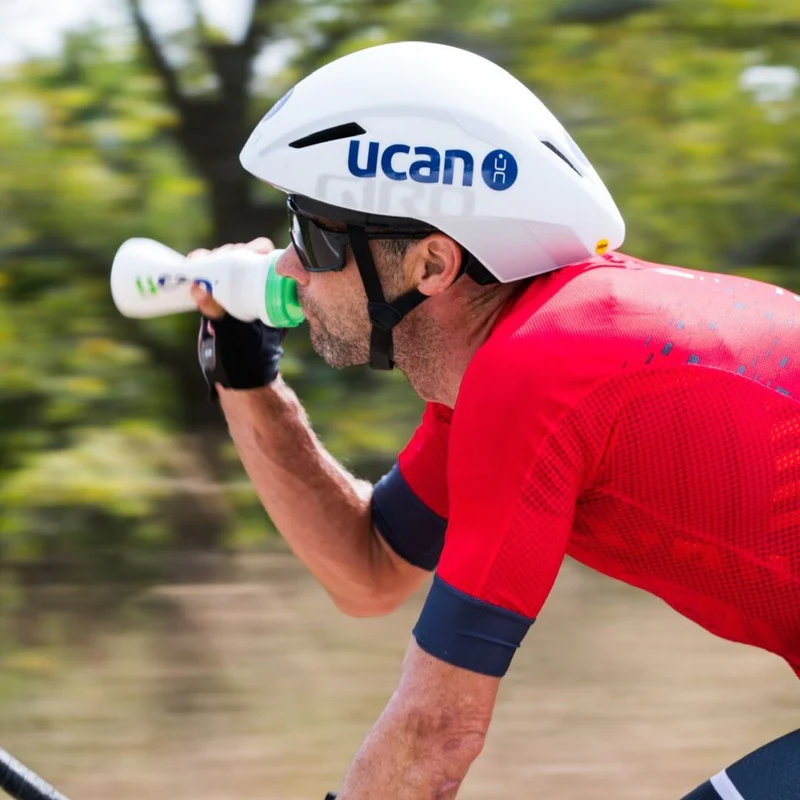








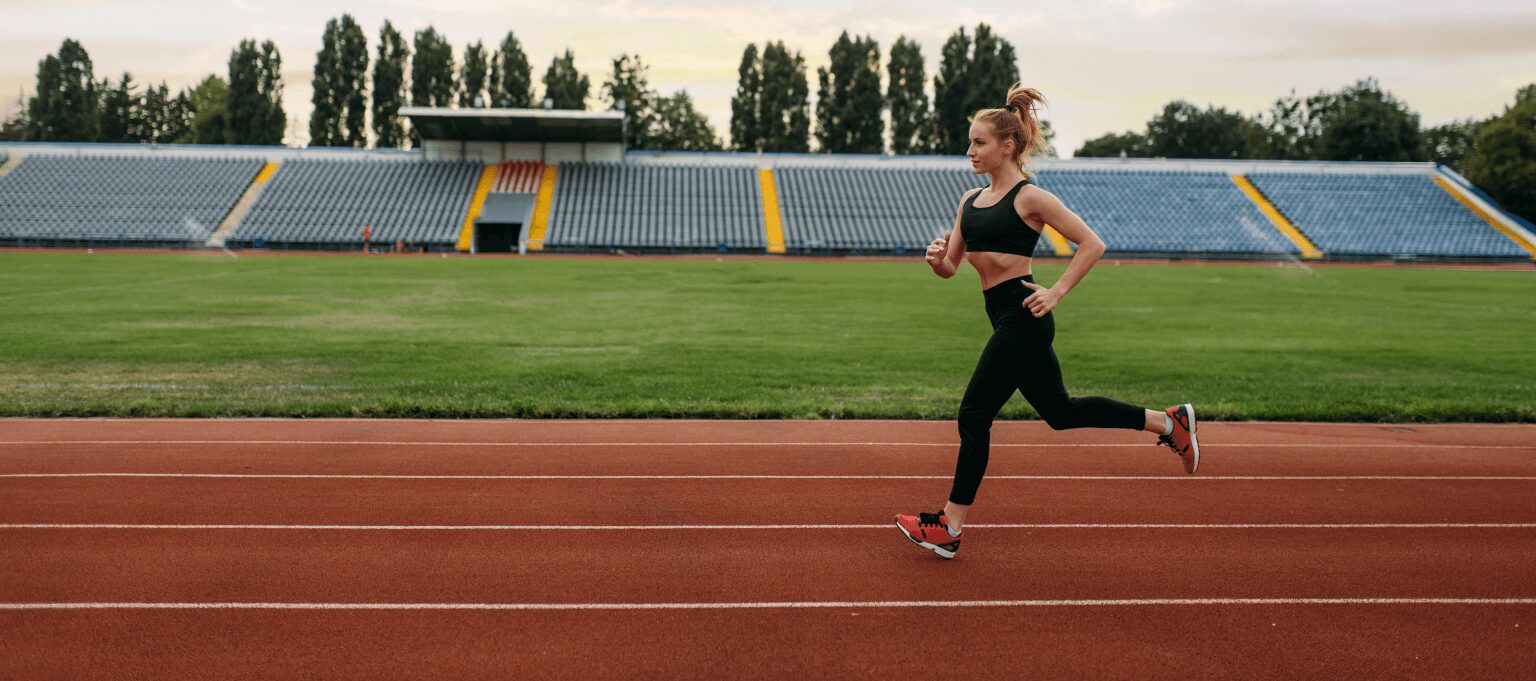









Comments are closed